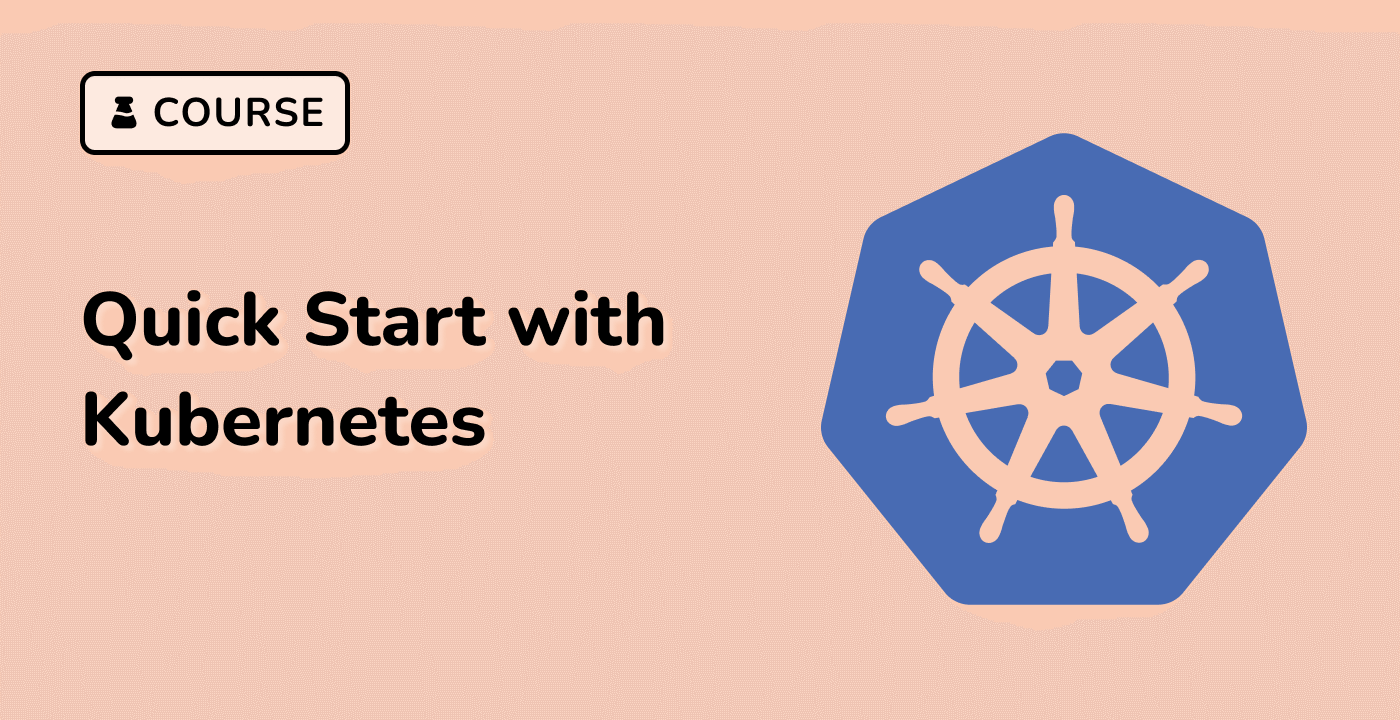Kubernetes Essentials
Introduction to Kubernetes Fundamentals
Kubernetes is a powerful container orchestration platform designed to automate deployment, scaling, and management of containerized applications. As a cloud native platform, it provides robust infrastructure for managing complex distributed systems efficiently.
Core Architecture Overview
graph TD
A[Kubernetes Cluster] --> B[Master Node]
A --> C[Worker Nodes]
B --> D[API Server]
B --> E[Controller Manager]
B --> F[Scheduler]
C --> G[Container Runtime]
C --> H[Kubelet]
Key Components
| Component |
Function |
Responsibility |
| Master Node |
Cluster Management |
Control and coordinate cluster operations |
| Worker Node |
Application Hosting |
Run containerized applications |
| Pod |
Basic Deployment Unit |
Smallest deployable computing unit |
| Service |
Network Abstraction |
Expose and load balance applications |
Basic Configuration Example
Here's a simple pod configuration for Ubuntu 22.04:
apiVersion: v1
kind: Pod
metadata:
name: nginx-pod
spec:
containers:
- name: nginx
image: nginx:latest
ports:
- containerPort: 80
Container Runtime Setup
To prepare an Ubuntu 22.04 system for Kubernetes, install container runtime:
## Update system packages
sudo apt update
## Install Docker
sudo apt install docker.io -y
## Enable Docker service
sudo systemctl enable docker
sudo systemctl start docker
Cluster Initialization
Initialize Kubernetes cluster on Ubuntu:
## Install kubeadm, kubelet, kubectl
sudo apt install kubeadm kubelet kubectl -y
## Initialize cluster
sudo kubeadm init --pod-network-cidr=10.244.0.0/16
This section introduces Kubernetes fundamentals, highlighting its architecture, core components, and basic configuration strategies for container orchestration in cloud native environments.



